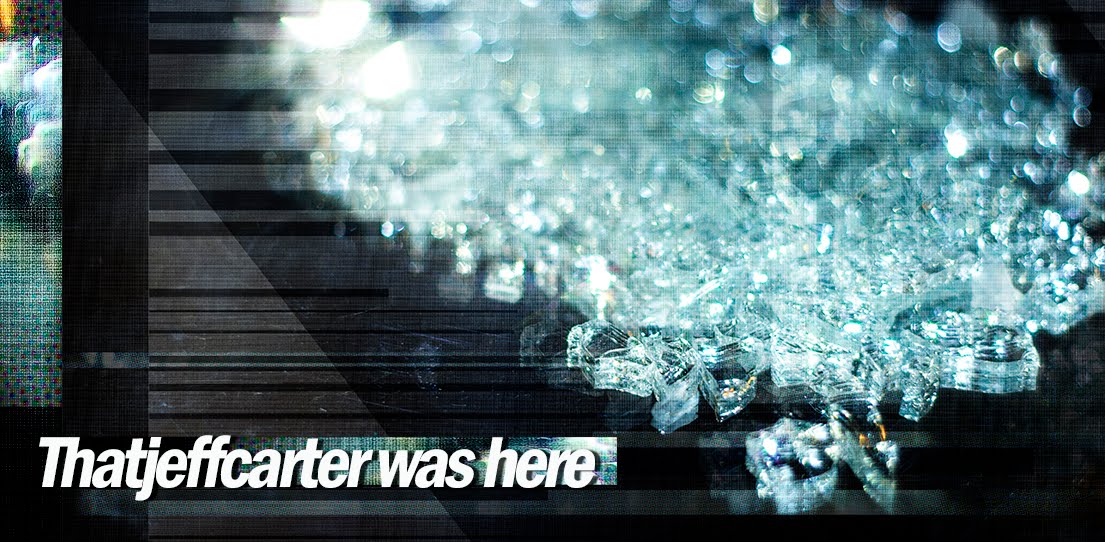Monday, April 15, 2024
Wednesday, April 10, 2024
Together Forever? Why Not?
Stay together and break the psychic connection.
Together forever? Why not?
And after tomorrow all the concrete blocks of sweet pain and all the bricks painted luminescent against the blackening sky would come down around him. It was time to go home. No more emotional fantasy. No my more butterfly picnics. Only a balance of hope against promises as empty as the county road out of town.
Stay together and die to deepest desire. Together forever? Why not?
Monday, April 8, 2024
A Song for the Eclipse -A Dragon Swallowed the Moon
After today’s eclipse I thought it good to share a song that I was involved in creating.
A Dragon Swallowed the Moon
Thursday, April 4, 2024
Ready Now To Live
This is a song I wrote last year with a new final verse.
The hardest part is waiting but he wants to come back
A long time dead - he’s ready now to live
He gasps, his heart begins to beat
Oh, oh, oh
All these chaos reactions are sometimes self aware
See how the light dances in the air
I won’t speak, not even when I’m dead
Oh, oh, oh
Moving forward now like waking from a dream
Rising up into red light
This is motion, this is mystery
Oh, oh, oh
No more time now, the worst has come and gone
Still I try to wish you well
He gasps, his heart begins to beat
Oh, oh, oh
Oh, oh, oh
Wednesday, March 27, 2024
We Have Incriminations
There was nothing more. No one suspected anything. Nothing. What was there? And no one asked why. It was reckless but no one cared. This trip was different. It was strange, but he was glad to be free. Natural.
The roar of his ego telling him, “You’re beautiful.
You’re bright.” If he screamed, it was unheard. If he screamed again, it was thrilling. The roar telling him, “Make your millions; drink your champagne.” Slowly he moved from the corner, out of the shadow, out of the smoke of a furnace funhouse.
There was more to it, of course. The smell of secret money inextricably entwined, enmeshed with every aspect of his private life. Love and mercy disguised. Call it spiritual legitimacy but it’s nothing but power. Take advantage. Get even. Double life. Double standards. Predatory addictions will not let go. We have photographs. We have incriminations. Behind the savage scenes. Subtle hints and controlling forces, blinded and blinding. He has a lot to hide.
 There Once Was a Prophet from Judah: Biblical Limericks for Fun and Prophet
There Once Was a Prophet from Judah: Biblical Limericks for Fun and Prophet
ratings: 1 (avg rating 5.00)





